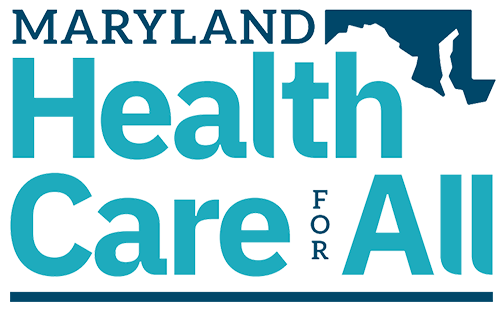The Daily Record
December 26, 2017
Every aspect of care in Maryland’s health care delivery system is influenced by the state Health Services Cost Review Commission’s (HSCRC) unique approach to hospital rate-setting for all payers, including Medicare and Medicaid. Physician services, long-term/post-acute care, health system affiliates that are not at a hospital, and other providers of health care are not directly subject to the HSCRC’s authority. However, the services patients receive from non-hospital health care providers are influenced by the strategies and care models hospitals and health systems implement and, in a reciprocal way, hospital and health system approaches to care are influenced by the services of non-hospital providers and community partners.
While the HSCRC is governed by state law, fundamental to its authority is the agreement of the federal Centers for Medicare and Medicaid Services (CMS) to reimburse Maryland hospitals according to HSCRC rates. This CMS agreement has evolved over decades, consistent with federal law and the ability of Maryland’s hospitals to comply with applicable “tests” related to service delivery and cost containment.
The positive results achieved by this waiver are important to the fabric of Maryland’s health care delivery system. The most recent vehicle is a CMS demonstration program and agreement that is designed to result in positive changes in health care outcomes and cost-containment across the hospital and non-hospital spectrum. Global Budget Revenue agreements between hospitals and the HSCRC are key governing documents, augmented by HSCRC targeted reimbursement and transformation grant program funding efforts to achieve negotiated goals, along with support from community grant-making organizations.
Under the current HSCRC model, positive outcomes and constraint in the growth of the total cost of care is, among others, a predominant goal. Patients are not passive consumers of health care but are viewed as partners able to influence their own health care needs and behaviors, with proper support. Some of the most interesting hospital health system activities and tactics are community-based programs, initiatives and tools, some of which are less clinical in nature but are tied to health care services and outcomes.
Some hospitals have stayed mainly focused on local access to primary care through physicians and others. In central Maryland, Greater Baltimore Medical Center, which is also a provider of hospice and other non-hospital services, is committed to its Patient Centered Medical Home model to make locally based, coordinated primary care available in ways that improve population health. Similar initiatives are under way across the state.
Anne Arundel Health System (AAHS) likewise considers targeted improvements in access to community-based, compassionate primary and nursing services as a key tactic.
For example, working backward from emergency department data to identify overlapping addresses for patients frequently seeking care, AAHS identified a specific building serving low-income seniors and individuals with disabilities. By focusing on building resident trust and confidence in its continuing commitment to making basic wellness, nursing services and primary care available on site, AAHS is achieving its goals. Not only has the need for hospital services been reduced but, inspired by the AAHS presence, residents in the building are acting on their own, such as by starting a walking group, setting goals for improved wellness behaviors and other steps.
LifeBridge Health has deployed a diverse array of community-based measures designed to achieve health system clinical goals. It analyzes data and needs in the zip codes it serves. This informed approach has resulted in health system involvement in youth violence prevention and escalation avoided through mentorship and following the epidemiology and consequences of a single violent incident.
Family violence prevention is a health system target through, in part, a women’s relationship support group. An HIV support program helps patients avoid adverse clinical effects and related needs for inpatient hospitalization through medical transportation support, and a men’s support program includes yoga, art therapy and nutrition support. LifeBridge partners with multiple community organizations to facilitate the Housing Upgrades to Benefit Seniors program to promote safety in the home environment. It uses community paramedics in both preadmission and post-discharge strategies. It participates in the Maryland Faith Health Network pilot with the Maryland Citizen’s Health Initiative.
Long-term care providers, particularly Maryland’s skilled nursing facilities, play a vital role, not only in providing an alternative to hospital care, but in avoiding rehospitalizations. Skilled nursing facilities are continuing to enhance their capabilities to handle higher acuity services, and a strong post-acute delivery system is part of this continuum along with home health and other residential services.
Maryland has a history of being an incubator for forward-thinking ideas on the transformation of health care. It is at an important inflection point in which health systems are motivated to focus on needs beyond the walls of hospitals, using both clinical and non-clinical tools and programs. Sufficient support and funding to the non-hospital providers, post-acute and community programs is also a necessary part of a long-term strategy.
Last modified: January 4, 2018

